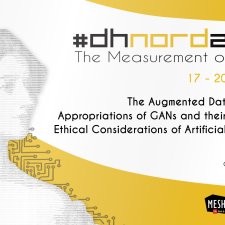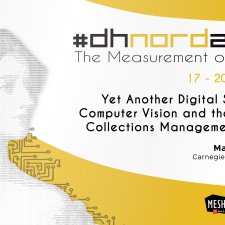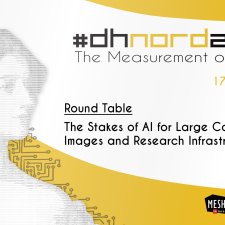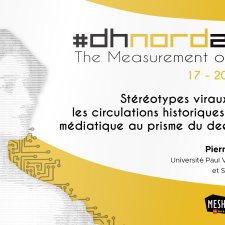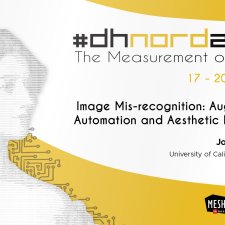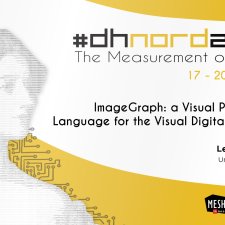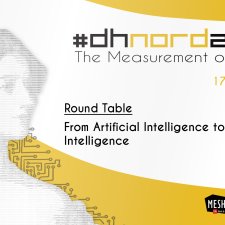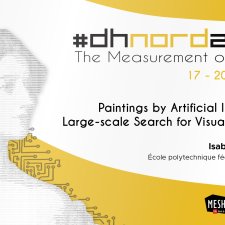Notice
"I Want to Dance": Comparative K-Pop Choreography Analysis Through Deep-Learning Pose Estimation
- document 1 document 2 document 3
- niveau 1 niveau 2 niveau 3
Descriptif
Critics have long noted the strong visual aspects of K-pop, with the videos for newly released songs garnering millions of hits in a very short time span. A key feature of many Kpop videos is the dancing. Although many of the official videos are not solely dance focused, incorporating aspects of visual storytelling, nearly all of Kpop videos include some form of dance. In addition to the "main" video for a Kpop release, the release of a dance video, or a dance rehearsal video, focusing exclusively on the dances has become common practice. These videos allow fans to learn and practice the dance, thereby increasing the kinesthetic connection between fans and their idols.
At the same time, it affords an opportunity to explore the "dance vocabulary" of Kpop dances. While there are well-known Kpop choreographers who work with the Kpop idols to create their dances, there is little documentation of these dances beyond the dance videos themselves. In our work, we develop a series of methods for (a) identifying dance sequences in Kpop videos, irrespective of whether they are dance videos (b) develop a series of classifiers for the navigation of a large scale Kpop video corpus and (c) apply deep learning methods to identify dancers and their body positions.
Taken together, these approaches pave the way for the development of a macroscope for the study of Kpop videos, allowing researchers to identify patterns in the Kpop space, explore dynamic change in features such as color space, or interrogate the differences in visual representations of male and female performers at an aggregate scale. Importantly, as pose estimation has become more accurate, these methods allow us to begin the process of inferring the dance vocabulary of Kpop and start the process of tracing transcultural choreographic flows.
- Timothy R. Tangherlini (University of California, Berkeley)
- Peter Broadwell (Stanford University)
Thème
Dans la même collection
-
Understanding Images Through Machine Learning and Deep Learning
Table ronde de la 2e journée du colloque DHNord 2020
-
The Augmented Dataset: Artistic Appropriations of Gans and Their Bearings on Ethical Considerations…
Intervention de la 4e session du colloque DHNord 2020
-
From One Image to Another: Circulations, Transmissions, and Intervals
Table ronde de la 1ère journée du colloque DHNord 2020
-
Yet another digital surrogate? Computer vision and the future of collections management systems
4e intervention de la 2e session du colloque DHNord 2020
-
The Stakes of AI for Large Collections of Images and Research Infrastructures
Table ronde de la 4e journée de DHNord 2020
-
Stéréotypes viraux : analyser les circulations historiques de l'image médiatique au prisme du deep …
LanglaisPierre-Carl3e intervention de la 1ère session du colloque DHNord 2020
-
Image Mis-recognition: Augmentation, Automation, and Aesthetic Intelligence
2e intervention de la 3e session du colloque DHNord 2020
-
Transfer Learning and Visualization of Neural Networks for Artistic Images
1ère intervention de la 2e session du colloque DHNord 2020
-
ImageGraph: A Visual Programming Language for the Visual Digital Humanities
1ère intervention de la 5e session de DHNord 2020
-
Tracking the Circulation of Images Digitally: From Artistic Cartography to the Study of Visual Cont…
Joyeux-PrunelBéatrice1ère intervention de la 1ère session du colloque DHNord 2020
-
From Artificial Intelligence to Aesthetic Intelligence
Table ronde de la 3 journée du colloque DHNord 2020
-
Paintings by Artificial Intelligence. Large-scale search for visual similarities
4e intervention de la 1ère session du colloque DHNord 2020



